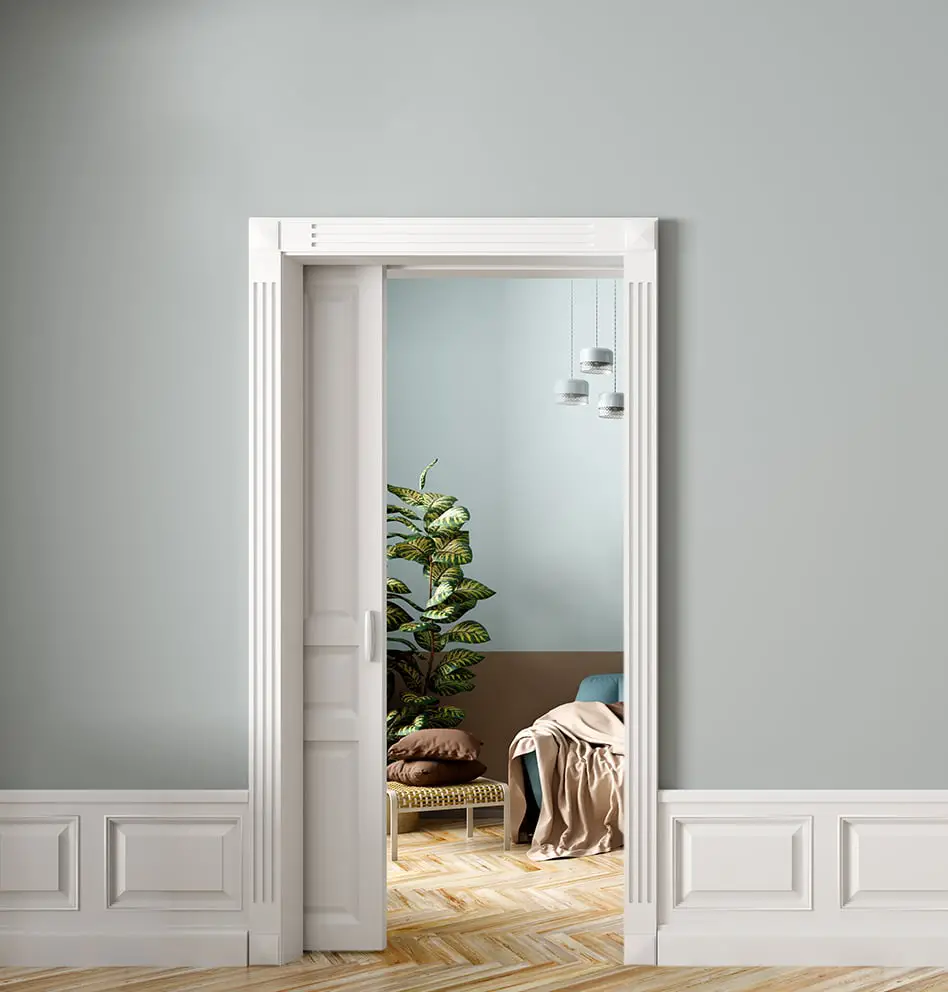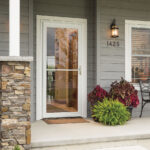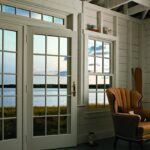Modern Pocket Doors, Pocket doors are a version of sliding doors where the door opens by sliding into a compartment or a ‘pocket’ in the wall. The doors are suspended by hangers that slide along tracks on the upper side of the door.
In most cases, however, they will also have tracks on which they can roll at the bottom of the door for greater stability. Pocket doors were immensely popular in Victorian age homes and during that period many homeowners used them to divide rooms and create extra privacy. Businesses too such as entertainment and reveling joints used these doors for the same purpose.
Through the early 20th century, they were common in numerous places but gradually receded from architectural prominence, becoming a curiosity. Architects recommend the pocket door for tight areas and tiny home ergonomics.
Pocket doors are making a comeback with younger generations who lack space in city apartments and more discerning tenants of condominiums and studio apartments with large spaces that pocket doors can divide better than hinged doors.
Pocket doors are problematic since only the door is visible and repairing or replacing the frame requires a lot of work and often wall destruction.For this reason, they are usually installed during construction and rarely removed during renovations.
Why Does a Pocket Door Start to Rub?
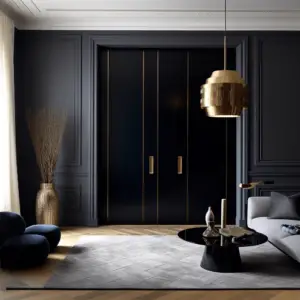
Old models of these doors were problematic mainly because of the qualities of wood. Many would get stuck and cost a lot to repair.
This is one of the reasons they fell into disfavor with builders and homeowners in the first place. Whenever a problem occurred with the door, fixing it demanded access to the ‘pocket’ which was a tedious costly affair.
One of the most common issues is when the door rubs against the frame while moving in and out of the pocket creating a stubborn noise as well as scratching the paint on the door. The door could be warped in which case it needs to be replaced since there is no remedy for deformed wood. Even if you could sand the door or make some kind of repair work, warping is a continuous process that will not simply stop. This will not solve the problem but replacing the door should stem the issue.
If the door is alright, then the warping is likely in the studs of the frame or the wooden slabs that make up the compartment.
If so, the frame must be removed and replaced, which is difficult because the wall must be removed.Even if the faulty stud is one piece, the wall must be cut away, like drywall, to remove it and replace it.
The doors become unattractive since many homeowners are unwilling to pay for another such job if another wood stud warps.
The cause of this problem is warping in the wood
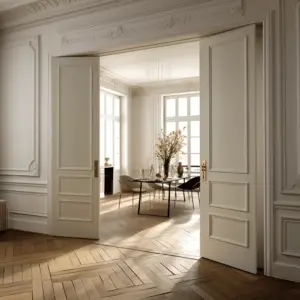
If you ignore rubbing, the door will jam and you’ll have to replace the device.Pocket doors can be deceptively simple, so mending one that has warped is not a DIY job for non-woodworkers. The repair process can cause more harm if measurements are taken, making fixes difficult. Professional woodworkers should handle this if you have no experience.
Some doors work properly for years but rub in recent months. Since wood rarely warps after decades of usage, this is improbable.House renovations or repairs that affected or displaced the frame or pocket door are the most prevalent cause of rubbing. Most often, scratches on the door bottom indicate a new addition.A frequent design mistake is nailing a baseboard to a pocket door via drywall and rubbing it as it slides. Nails may also displace the frame and rub against the door as it slides.
Removing the baseboard on either side of the pocket door and recovering the objectionable nails fixes this. Replace baseboards with glue or shorter nails that won’t reach the frame. Better to use glue.
Modern pocket doors
Modern pocket doors use better technology to prevent warping and jamming. Better materials and frame engineering guarantee homeowners won’t have the same issues.Modern models also eliminate the sliding sound with smoother rolling slides, tracks, and sliding wheel materials.
Modern pocket doors are stunning and add sophistication to a place.They are now utilized for beautiful doors in bedrooms, closets, bathrooms, home offices, lavatories, and high-end entertainment venues, not to save space.
